Huddled around dog-eared copies of Lonely Planet in a Bangkok cafe, groups of independent travelers are planning their route across Thailand, eagerly trying to devise routes that will provide them with plenty to see and do – and hopefully allow them to notch their belts with some trophy discoveries. Popping their guidebooks back into their backpacks, alongside a copy of Alex Garland’s “The Beach“, they all come to the same forlorn conclusion. They will head north to Chiang Mai for some trekking, then travel down south to chill at a remote beach, sustained by banana pancakes and fresh coconuts.
The scenario unfolds daily along the Khao San road – Bangkok’s vastly expanded mecca of inexpensive accommodation for “Gap Year” visitors – and is more often than not duplicated by older, return visitors. As a result, the Northeast of the kingdom, known locally as Isaan (or Isan), remains largely unvisited – and unchanged by the pressures of the mass tourism markets.
Udon Thani in Northern Thailand
After some online research, we decided to fly up to Udon Thani, one of Isaan’s main cities. From there, we would head on out to explore the outlying villages. Boarding a Nok Air flight to Udon Thani at Don Muang airport, we noticed that we were almost the only non-Thais on the plane, whilst the boarding gates for Phuket and Chiang Mai were predominantly comprised of holidaymakers. Were we making a big mistake?
Fifty minutes later, the plane touched down in Udon Thani’s “international” airport. Originally built by the Americans as a base from which to bomb Vietnam and then Laos in the Secret War, the airport was a base for what was then known as “Air America”, as portrayed in the film starring Mel Gibson. The airport clearly had an international aspect back then, but today all flights landing there are domestic. It does have an unused international departures gate, and a barricaded Lao Airlines booth in the terminal still bears witness to the days when the Lao airline optimistically launched flights to Luang Prabang, before closing down…
Gecko Villa
Keen to get out of the city, we had booked a stay at the eclectically named Gecko Villa, a standalone property some half an hour out in the countryside. Ten, the owner, was at the airport to meet us, in a shirt festooned with geckos, and we were soon heading out of town in his pickup truck.
The journey saw us take ever smaller roads until on the last leg we were bouncing along a potholed dirt track, before turning into the property via a long driveway of arched bamboo. Around us were patch-worked rice paddies, sugar cane plantations, and large-eyed water buffalo luxuriating in water holes.
This spacious Thai holiday villa was a very comfortable, three-bedroom property with a private swimming pool, surrounded by tropical gardens flowering with orchids, frangipani, banana, mango, and bougainvillea.
We had planned the stay as a chance to simply chill out by the pool and relax – but Ten encouraged us to get out and about, and kindly accompanied us on our expeditions. He taught us how to commandeer his samlor (a kind of three-wheeled tuk-tuk), and we were soon able to get around quite respectably – even if corners always presented a subtle challenge. Children giggled and waived at the sight of us, and we were often flagged down by villagers keen to chat, as foreigners were obviously a novelty to them.
Markets
The local wet markets were an eye-opener, with a massive array of exotic fruit, fresh herbs, aromatic spices – and containers full of live fish and giant tiger prawns. Selecting some of the produce, we headed back to the villa where Ten’s wife showed us how to concoct several Thai and Isaan dishes – although she was always mindful to keep the chilies to a level with which we could cope!
The Isan specialties were deceptively simple to prepare and quite delicious: a zingy beef salad with fresh herbs called Laap was our favorite, accompanied by a green papaya salad and the indigenous sticky rice, served in woven containers.
Time Slowed Down
Time seems to have stood still – or at least to have slowed down – in Isaan. In the villages, we watched as wizened old ladies hand wove silk and cotton in intricate, traditional patterns; in the rice paddies, water buffalo were still being used instead of tractors to plow the land, and along the roadsides grasses and bamboo were being dried to hand weave mats and containers which outnumbered any plastic produce.
Monks in saffron robes and carrying outsized ochre umbrellas strolled barefoot to collect alms, and all the villagers we met were keen to stop and chat with none of the rush to work that occupies Thais in the capital.
A highlight of our stay was an early morning trip to the local lake, where we clambered into a traditional wooden longboat and headed out through elephant grasses. Suddenly, before us, a vast expanse of dramatic lotus flowers appeared, carpeting the lake in pink as far as the eye could see.
Fishermen cast circular nets as they foraged for lunch, small birds darted down as if to play with us as we made our way through the flowers, and every now and again wide-winged white heron would flap lazily and majestically into the blue sky. As we collected lotus stems, notions of the land of the lotus-eaters sprang to mind.
Ban Chiang – UNESCO Site
Nearby, and also worth a visit, is the UNESCO World Heritage Site of Ban Chiang. The striking pottery originally discovered at an archeological dig, with its trademark red ochre swirls, is still handcrafted here by artisans.
Sustainability
Ten later explained that the villagers of Isaan are almost all tied to private smallholdings, cultivating rice and a variety of other crops, and are very much at the mercy of the elements. Insufficient rain can lead to drought, whilst too much can bring flooding. Apart from arduous work in the fields, employment opportunities are limited, and millions of Isaan natives are obliged to migrate to other provinces or even overseas to seek work – and are often cheated in the process.
In establishing Gecko Villa as a sustainable project with a focus on responsible travel, they hoped not only to prevent the breakup of families seeking work elsewhere in the kingdom, but also to encourage visitors to travel to Isaan and experience the warmth and hospitality of the locals, the renowned cuisine, and the rich historical remains of the plateau. They have clearly been successful, and have launched a second traditional Thai villa called Green Gecko, an imposing Thai house centered around a high wooden deck and a very private swimming pool.
Reflection
Back in the Bangkok cafe, the guidebooks are again being rifled through. We feel tempted to talk to the young family sitting next to us and to suggest a trip to the backwaters of Isaan. Yet simultaneously we also wonder whether, one day, there will be a Lonely Planet guide to Isaan, and whether tourism there, too, will come to be dominated by foreign multinationals to the detriment of the locals.
We decide this is unlikely. Isaan has no beaches, no hill tribes to dress in colorful garb for the photographers, and very few of the locals speak English, as they stick resolutely to their fundamentally Lao dialect. It will remain off the beaten tourist path, appealing to those seeking authenticity and the true heart of the country. ”Go”, we say. Like its cuisine, like its smiling inhabitants or its lilting melodies of morlam, it has soul – and will call you back.
Getting There – Ironically, as many Isaan natives work out of the region, the area is easy to access. Main road arteries lead up to Nong Khai on the Lao border from Bangkok, and across to Ubon from the capital. Trains serve the major cities, again from Bangkok. There are also numerous flights from the capital to the major cities, serviced by the national carrier Thai Airways and by the inexpensive domestic airlines www.nokair.com and www.airasia.com


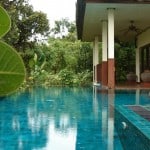

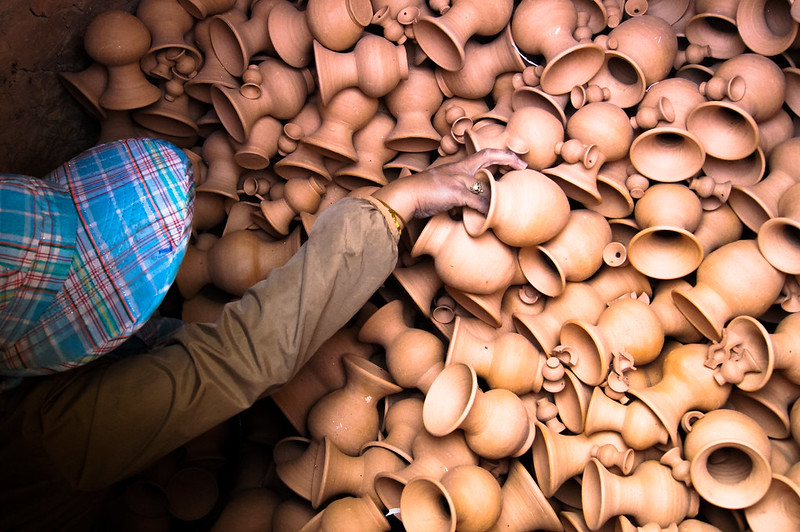

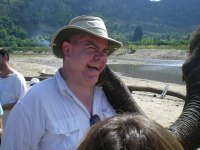 Travel to Thailand – Episode 129
Travel to Thailand – Episode 129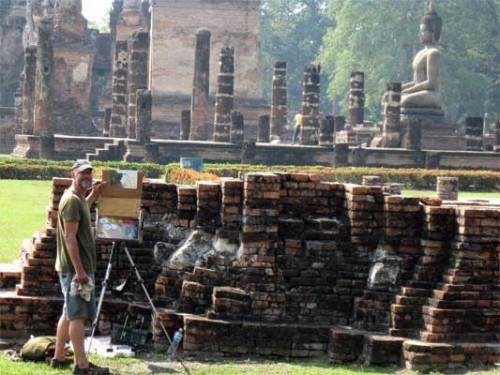 An Artist in Thailand – Thailand through the Eyes of a Painter
An Artist in Thailand – Thailand through the Eyes of a Painter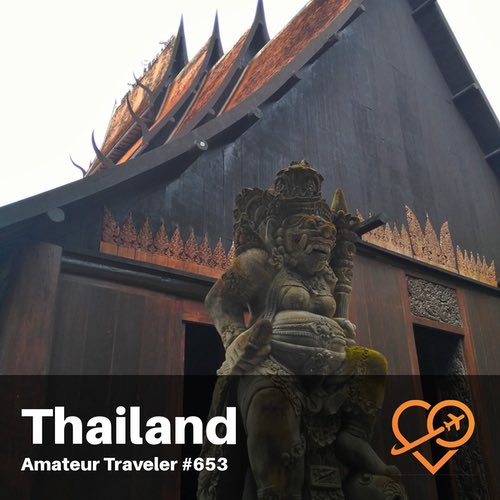 Travel to Thailand – Episode 653
Travel to Thailand – Episode 653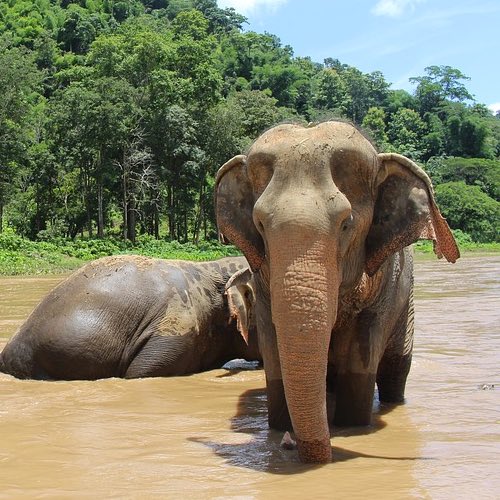 Elephant Sanctuary – Chiang Mai, Thailand
Elephant Sanctuary – Chiang Mai, Thailand
